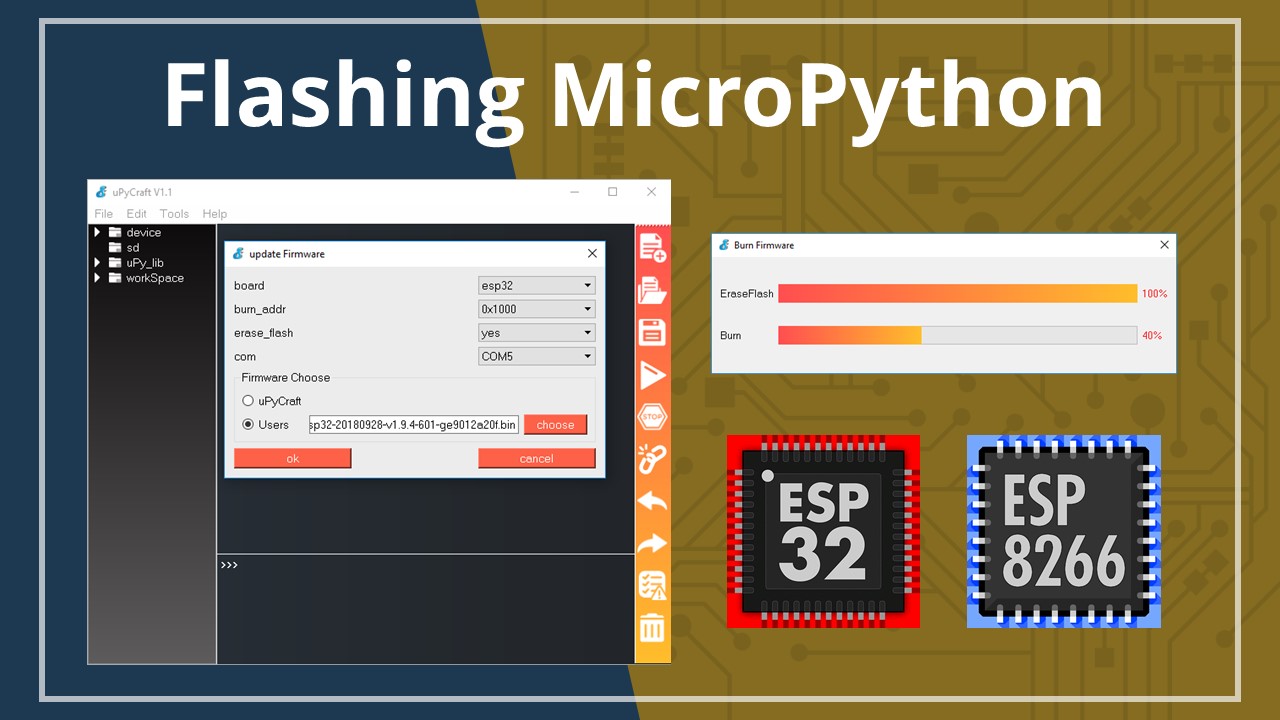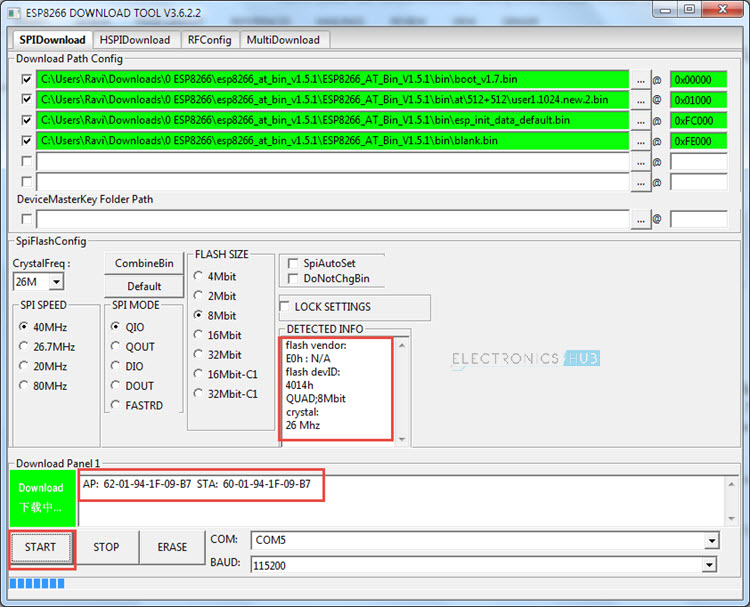

If you build your firmware with the cloud builder or the Docker image, or any other method that produces a combined binary, then you can flash that file directly to address 0x00000. If you have an ESP-01 or other device without built-in USB, you will need to enable flashing yourself by pulling GPIO0 low or pressing a "flash" switch, while powering up or resetting the module. If you have a NodeMCU dev kit then you don't need to do anything, as the USB connection can pull GPIO0 low by asserting DTR and reset your board by asserting RTS. Conversely, for a normal boot, GPIO0 must be pulled high or floating. To enable ESP8266 firmware flashing GPIO0 pin must be pulled low before the device is reset.

dmg for macOSĭisclaimer: the availability of NodeMCU PyFlasher was announced on the NodeMCU Facebook page but it is not an official offering of the current NodeMCU firmware team. Supported platforms: anything that runs Python, runnable. Self-contained NodeMCU flasher with GUI based on esptool.py and wxPython. The easiest solution is to fully erase the chip before flashing:

When switching between NodeMCU versions, see the notes about enduser setup / captive portal / WiFi manager.


 0 kommentar(er)
0 kommentar(er)
